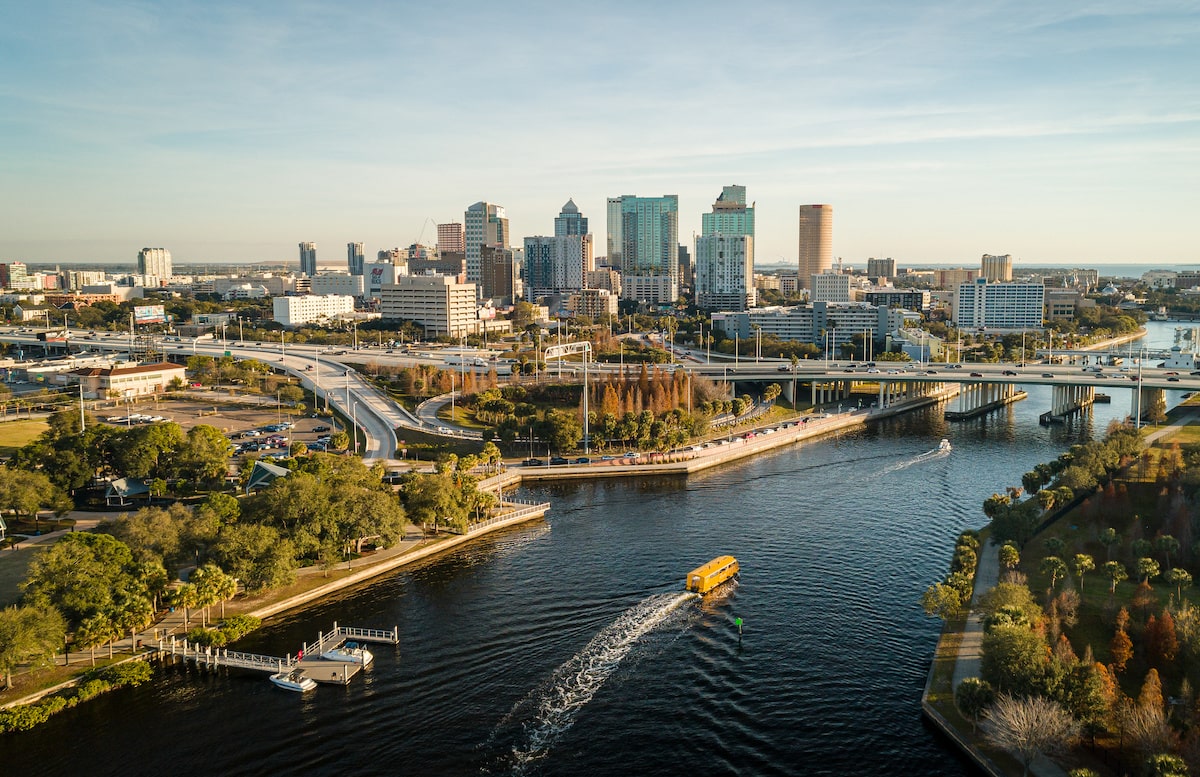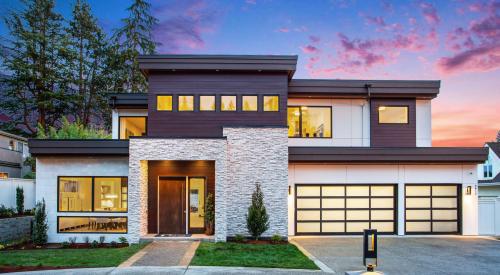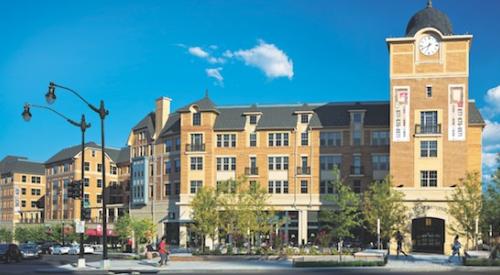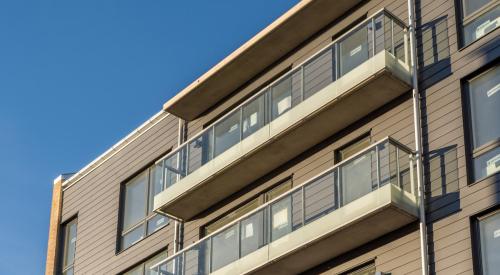Amid new migration patterns spurred by the COVID pandemic, Florida is seeing an influx of new arrivals from the Northeast and Midwest U.S. New development across the Sunshine State has caused a recent surge in “mini-cities,” or compact urban districts with proximity to restaurants, shops, offices, and nightlife, according to Forbes.
Tampa’s Westshore Marina District is one up-and-coming example of urban-suburban blurring with the introduction of more mixed-use developments centered on greater walkability and new lifestyle opportunities for local residents. Mini cities like Tampa are similar to pedestrian-friendly neighborhoods in urban areas like New York City and Washington D.C.
Building mixed-use developments in Florida is not a new idea, says Gerard Yetming, executive managing director with Colliers. But the last half decade has ushered in a fresh concept: Creation of large-scale mixed-use areas intended to forge a sense of place in settings once devoid of housing and businesses. “It is clear people want to work and play where they live, which is why we will continue to see developers bringing urban designs to the suburbs, and suburban designs to urban cores,” he says.
Mixed-use developments from Fort Lauderdale-based master developer BTI Partners in Tampa’s Westshore Marina District and Hollywood, Fla.’s Hollywood Young Circle are two fitting examples of the phenomenon. Company CEO Noah Breakstone says the goal is to reimagine the way people live and invent fresh concepts that interweave healthy living, culture, technology, entertainment and work-life balance.













